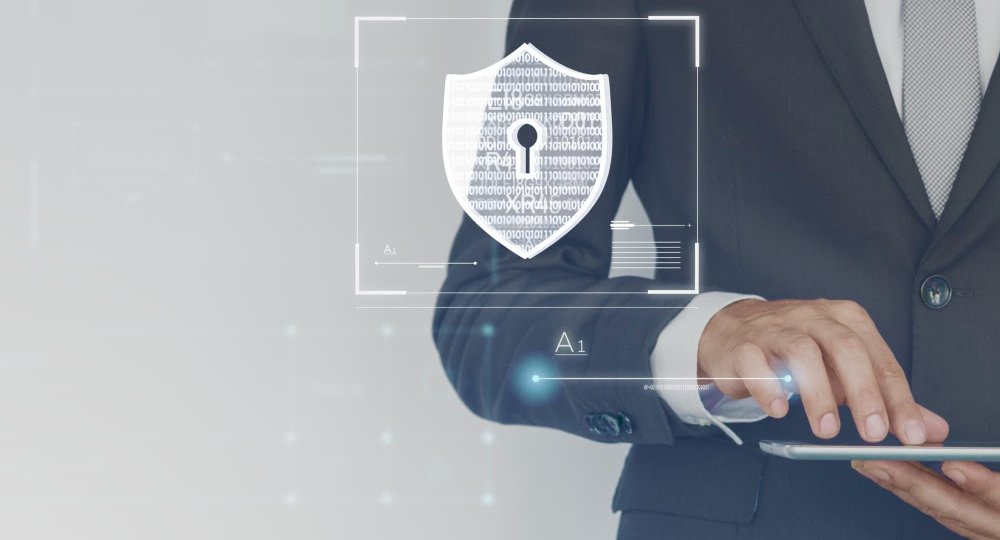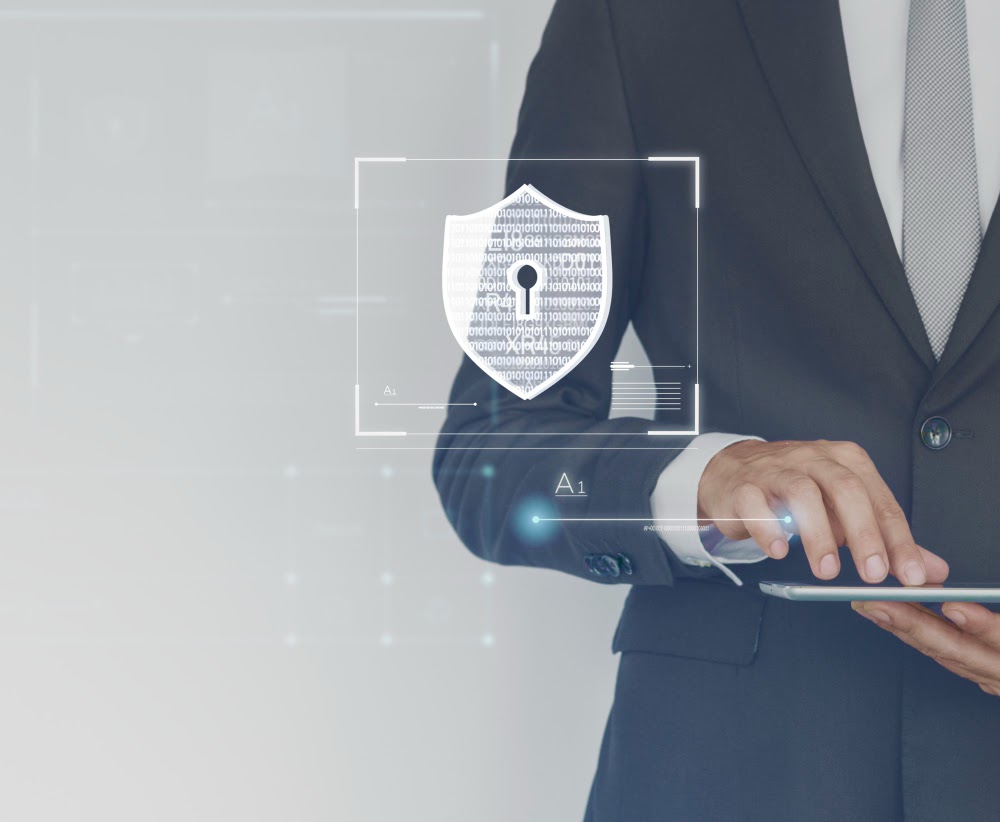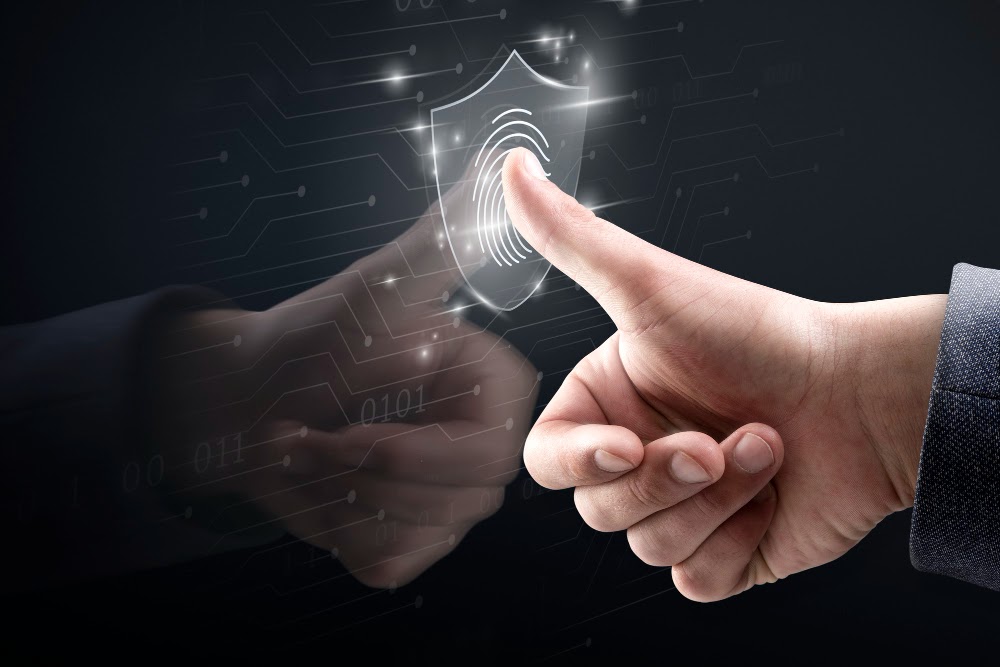

So much of your business’ sensitive information now exists online, and staying secure is becoming harder and harder with each passing day. In fact, statistics show that 53% of companies have over 1,000 sensitive files open to every employee. Meaning that if just one employee’s login credentials are compromised, the attacker has access to a massive amount of your data.
Luckily, using multi-factor or 2-factor authentication (2FA) can help prevent your sensitive data and client information from being stolen. The reason is that one password and username protecting everything is just far too easy to bypass.
But what about MFA vs 2Fa?
Well, in this article we’ll go over exactly what both of those acronyms mean, and which is more effective.
What Does MFA Mean & What Does MFA Stand For?
The MFA acronym stands for Multi-Factor Authentication. 2FA, on the other hand, stands for 2-Factor Authentication. The main difference is that “multi” stands for many and “2”, means exactly one more than 1 and one less than 3.
Both of these terms are used to denote the number of layers of authentication required for you to be granted access to any given account or web-based service (like your work email or banking app).
The main reason these various forms of authentication are required is that hackers find it all too easy to gain unauthorized access to sensitive data, simply by guessing your password. Depending on what they gain access to, it’s possible they can even steal the user’s identity!
To avoid this unpleasant experience, multi-factor authentication (MFA) can be used to add additional layers of security that require users to input a randomly generated security token sent to a third device, such as a mobile phone.
Want to Set Up Multi-Factor Authentication for Your Business and Stay Protected?
You won’t believe how easy we make it for you!
Why is MFA Important?
MFA is important because compared to single-factor authentication, MFA and 2FA require added layers of security that only authorized users would have access to. This is a more secure way of ensuring proper user authentication when a person attempts to access a secure account, whether it be on a desktop computer or mobile device, the added security layers are always there.
But, what exactly is a factor in the context of these two authentication methods?
Well, when it comes to access management, a factor refers to a personal “authentication factor” specifically. These are elements that are unique to an individual, that only they would be able to provide.
Access management factors fall into one of four categories:
- Knowledge
Such as PIN, password, code phrase or secret question (i.e. something only you ought to know)
- Possession
This can include a mobile device, wearable tech, smart card, etc. (Basically, something you own)
- Inherence
This means something that is a part of you (e.g. fingerprint, eye scan, voice print, etc.) - Context
Something you do in the context of your life (e.g. Location, reaction, etc.)
By correctly asking for and authenticating several of these factors from multiple categories you greatly improve the likelihood that only the real, authorized user will be able to gain access to the sensitive data they’re attempting to log into (which is the main MFA benefit).
When it comes to MFA vs. 2FA, the only real difference is that MFA can include anywhere from 2 to 5 authentication factors, whereas 2FA strictly includes two.
Worried About the Security of Your Business’ Data? Read these Articles to See How You Can Deal with and Prevent Breaches.
Multi-Factor over Single Factor: When Strong Authentication is Required
In general, it never hurts to have MFA required for all of your logins and accounts. A clever hacker could potentially find clues about your other passwords if they manage to gain access to just one of your accounts. And from there everything can spiral out of control rather quickly.
Let’s look at the following example concerning logging into your work email account. To do so you simply open up the page on your phone or web browser, click “sign-in” and provide your username and password.
That was only one factor of authentication.
In a different example, you follow all the same steps, but instead of getting signed in once you’ve provided your username and password, you have a randomly generated 5-digit security code sent via SMS to your mobile phone. Once you’ve received that code, you input it into the same device you want to view your emails on, and then you’ve successfully been granted access to your emails.
This is an example of 2-Factor Authentication (also using Multi-Factor Authentication would be the correct terminology in this case).
In the second example, because you’re the only person in the world with your particular mobile phone and phone number, you were the only one who could have known that randomly generated security token. Thus ensuring that you were indeed the authorized user and not a cyber-criminal.
Comparing 2FA vs MFA: Which is More Secure?
Beyond a shadow of a doubt, having more than 2 layers of authentication is categorically more secure than having fewer. But that’s not to say 2FA is not secure. The only generally insecure method of authentication is single-factor authentication, and the only truly insecure method is not having authentication at all.
Creating a Multi-Factor Authentication Policy with a Good User Experience
If you’re a business owner who’s planning on implementing MFA or 2FA for your business and employees, it’s important to choose a reliable method of extra authentication. If you happen to choose a method that is slow, full of bugs, or doesn’t work half the time, that’s going to provide a bad user experience and slow down your operational efficiency.
The most commonly used and reliable method of MFA is having a randomly generated security token sent to individual mobile devices.
Creating a Stronger Cyber Security Policy with Power Consulting by Your Side
If you want expert help setting up Multi-Factor Authentication for your business, we can help.
Get in touch with us today for a free quote.


